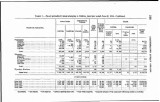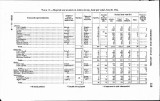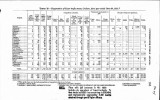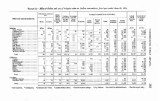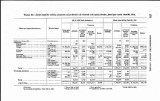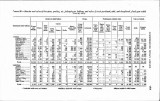| OCR Text |
Show COMMISSIONEB INDIAN AFFAI&S. 7 Their numbers increase until they feel the necessity of organizing public-school districts. When this is done it is a veyy easy step for them to permit the attendance of the children of their Indian neigh-bors with whom they have been associated. The Indian is thus immediately led into the most vital social organization of a com-munity, and the next step, which is easily taken, is for the Indian parent to participate in its management, and from this to participate in the affairs of the township and county. This process of disintegration of the Indian reservations is a splen-did example of the elimination of the Indian as a distinct problem, either for the Federal or the State governments. The most distinc-tive element aiding in this growth is the public school. In the ac-quiring of a practical knowledge of conversational English and in the opportunities that are there afforded the Indian to learn and appreciate the "better ways" of the white man the public schools are the trysting place in the winning of the race. NAVAJO AND PAPAGO SCHOOLS. The Indian Service is extending its schools in the Navajo and Papago countries particularly. For these Indians additional school facilities must be provided. During the past year, for the Navajos, a day school has been constructed at Lukai Chukai, an additional dormitory at the Chin Lee boarding school, additions to two dormi-tories at the Western Navajo School, three cottage dormitories at the Pueblo Bonito, and the Marsh Pass School has been coxnpleted. To further increase school facilities at Pueblo Bonito and at the Tohatchi hoarding school one group of pupils will be enrolled at each of these schools for six months and another almost entirely new group will be enrolled for the other six months. These school plants will be in continuous use during the 12 months of the year. With these additions to school plants and change in the method of enroll-ing pupils educational facilities for the Navajos will be increased nearly 500. IBIPROVEBIENT IN METHODS OF INSTRUCTION. The work of the schools during the past year has been of high order. One condition which has contributed to this result has been the increased amount of attention that has been given by the office to the professional work of our teachers. They have been impressed with the necessity of employing the very best means known to mod-ern educators with reference to the materials and the methods used in the instruction of their pupils. Reading circles have been main-tained at all the schools by the direction of the Indian OEce, which has also included other instructors than the classroom teachers. In; creased attention has been given to the purchase of libraries for |










































































































